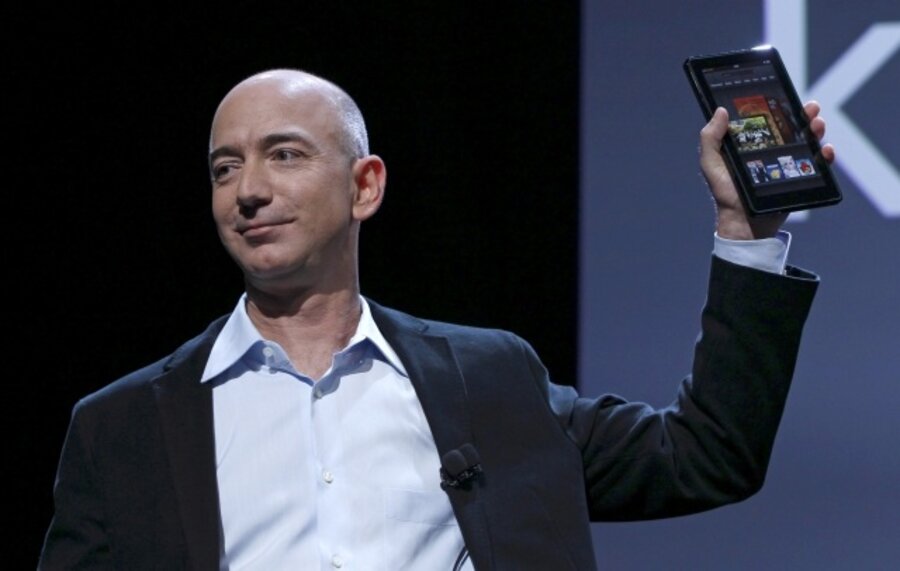The Kindle Fire won’t be put out anytime soon.
Amazon’s full-color, multi-touch e-reader has had some bumps in the road, but it’s grown to become one of the most popular tablets on the market. While past Kindle models only offered books, newspapers, and a few shades of gray, the full-color Fire boasts a much wider list of features.
Undoubtedly, the best aspect of the Fire is its price. It doesn’t have the specs to keep up with most of Apple’s tricks. But so what? It’s $199, and it still has a massive catalog of digital books, songs, Android apps, and videos compliments of Amazon. Plus, its 7-inch screen makes it more portable than some of the larger tablets out there. Since 7” refers to the diagonal width of the Fire, that means it’s about half the size of the iPad or Xoom.
In some areas, however, the Barnes and Noble Nook Tablet has got the Fire beat. The Nook boasts longer battery life, a more responsive touch screen, and a lot more space for downloads. It’s a shame that the Nook, which costs $50 more than the Kindle Fire, often gets overlooked.
Still, the Amazon Prime membership – allowing Fire users to borrow books and streaming movies at no additional cost – is a mighty tempting add-on. For a yearly fee of $79, Fire owners can stream thousands of videos with no commercials, as well as borrow books from the Kindle Owners’ Lending Library. Oh, and free two-day shipping for millions of items on Amazon.com isn’t bad, either.
Screen size: 7"
Price: $199
Network: Wi-Fi
Available: Now
The hook: Can’t beat that price.
[Editor's note: A previous version of this story mistakenly said that the Fire offers 3G. It's Wi-Fi only.]







